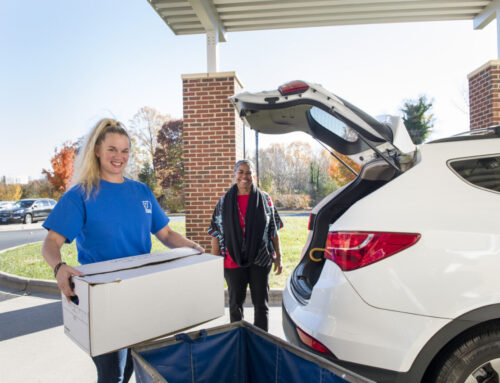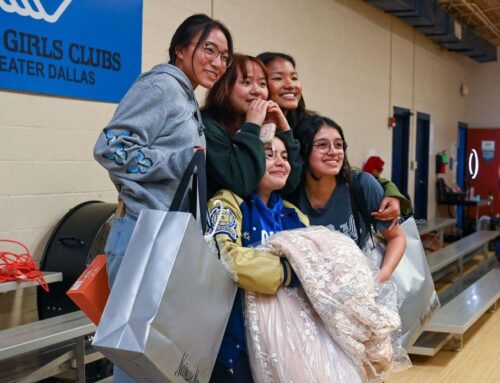Wanting a community garden and supporting a community garden are two different things, says Gardeners in Community Development Executive Director Don Lambert.
“Kramer Elementary School’s new community garden will be a model for how to start – and use – a garden effectively,” he says.
Already receiving citywide notice, Kramer’s garden recently was praised in D magazine’s “Best of Big D” food and drink category as “The Best Way To Get Kids To Eat Their Vegetables.”
The Kramer community garden project provides the school’s students and teachers with both a practical and recreational space. Produce grows year-round, with greens and onions dominating the winter months, and the garden also furnishes a natural space for the neighborhood to enjoy.
Kramer is in the process of organizing ways for students to interact with the garden during school, with reading programs and science lessons emerging as some of the possibilities. Teacher Mary Hollis initiated the Reading in the Garden Club, for example, to improve students’ reading and science skills. The program meets after school and combines readings about gardening with actual gardening projects.
Maintaining the garden requires volunteers and coordination, however, so school groups including the Dad’s Club, the PTA and several individual teachers have spent hours building, mulching, planting and harvesting.
“There are a lot of people working on the garden project on different levels,” says Lambert, who serves in a supervisory role for the project, helping to manage its school and community resources and volunteers. “Now we need to organize and get the whole neighborhood involved.”
Not surprisingly, a community garden largely depends on community support. Lambert hopes that not only school families will become involved, but also people who live in the surrounding neighborhood.
“The problem with a garden project is that most people don’t know how to use it,” Lambert says. “We need community members to step up and propose some ideas for the garden. There must be gardeners out there. If people will give a consistent time commitment, my organization will train them.”
Volunteers can help with planning for harvests, working with teachers on student activities, or proposing creative uses for the neighborhood space.
“My job is to help train the Kramer community to take over the garden so that it will become a self-sustaining part of the neighborhood,” Lambert says. For information, call 972-231-3565.






